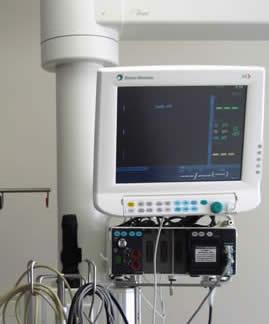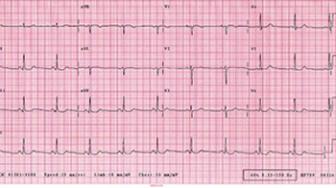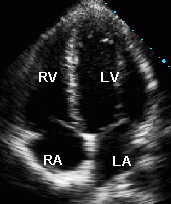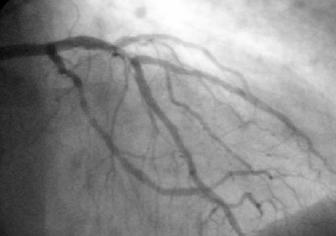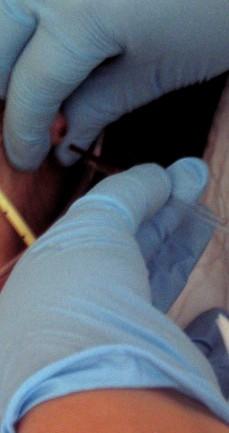| Bedside Monitors | Echocardiogram (‘Echo’) |
| Blood pressure (BP) | Nuclear Medicine |
| Blood oxygen saturation (‘Sats’) | Ultrasound |
| Cardiac Output | Angiogram |
| 12-lead ECG | Blood tests |
| Monitors heart rate and rhythm, blood pressure, and how much oxygen is in the blood. | |
| Blood pressure (BP) | The higher number is the pressure of the blood when the heart is squeezing. The lower number is the pressure when the heart has relaxed so it can fill up with more blood. The ideal blood pressure is 120 over 80, but there is a lot of individual variation. |
| Blood oxygen saturation (‘Sats’) | This number, as a percentage, is an indication of the saturation of the blood with oxygen. This is a value we look at to see how well as patient is breathing. You can see this number on the bedside monitor. Ask the bedside nurse what this number should be for your loved one. |
| Cardiac Output | The cardiac output measures how much blood the heart pumps out in litres per minute. It can be measured directly using a Swan Ganz catheter. This number determine the appropriate dosing of drugs. A low cardiac output can reduce the delivery of oxygen and nutrients and can lead to failure of other organs. |
| A regular bed side monitor measures the heart’s electrical impulses from one or two points of view. The 12-lead ECG takes measurements from twelve different angles at the same time. This provides a detailed view of how each part of the heart is working and whether or not it is getting enough oxygen. | |
|
An echocardiogram is a test that is done to look at the pumping action of the heart. It can be performed at the bedside by an echocardiogram technologist. It is useful at identifying damage to the heart wall or heart valves. The echocardiogram shows the four chambers of the heart; the right and left ventricles, and the right and left atria. |
|
| Nuclear Medicine | Nuclear medicine involves using mildly radioactive substances, called isotopes, to identify injury or disease. Certain radioactive substances will find and attach themselves to particular cell types or proteins. The person is then scanned with a special camera. The isotopes ‘light up’, telling the physicians where the cell or protein they are looking for has collected. This can be very helpful to identify areas of the heart that have been damaged. |
| Ultrasound | Ultrasound tests use the measurement of sound waves sent into the body and reflected back to identify masses or fluid. It is painless and can be performed at the bedside. Ultrasounds can help a physician tell where to place a chest tube to drain fluid. |
|
Angiograms can be used to look at arteries anywhere in the body, such as the brain (cerebral angiogram) or heart (cardiac angiogram). Once the problem has been located, the physician may take steps to correct it all in one procedure if possible. The angiogram at left shows how blood vessels can be visualized using contrast. |
|
|
There are a wide variety of blood tests or labs that need to be done in critical care. If a person is on a respirator, the levels of blood gases will be measured frequently. Blood gases can be drawn from an arterial line or tested from a capillary sample from the ear (see picture at left). Other tests include blood sugar, blood chemistry (i.e. sodium), Complete Blood Count (CBC), and tests for infection. There are also specific chemical markers that show up in the blood if certain tissues have died or been damaged. |
Go back to Heart and Circulation

